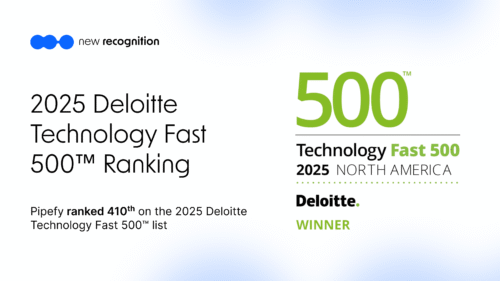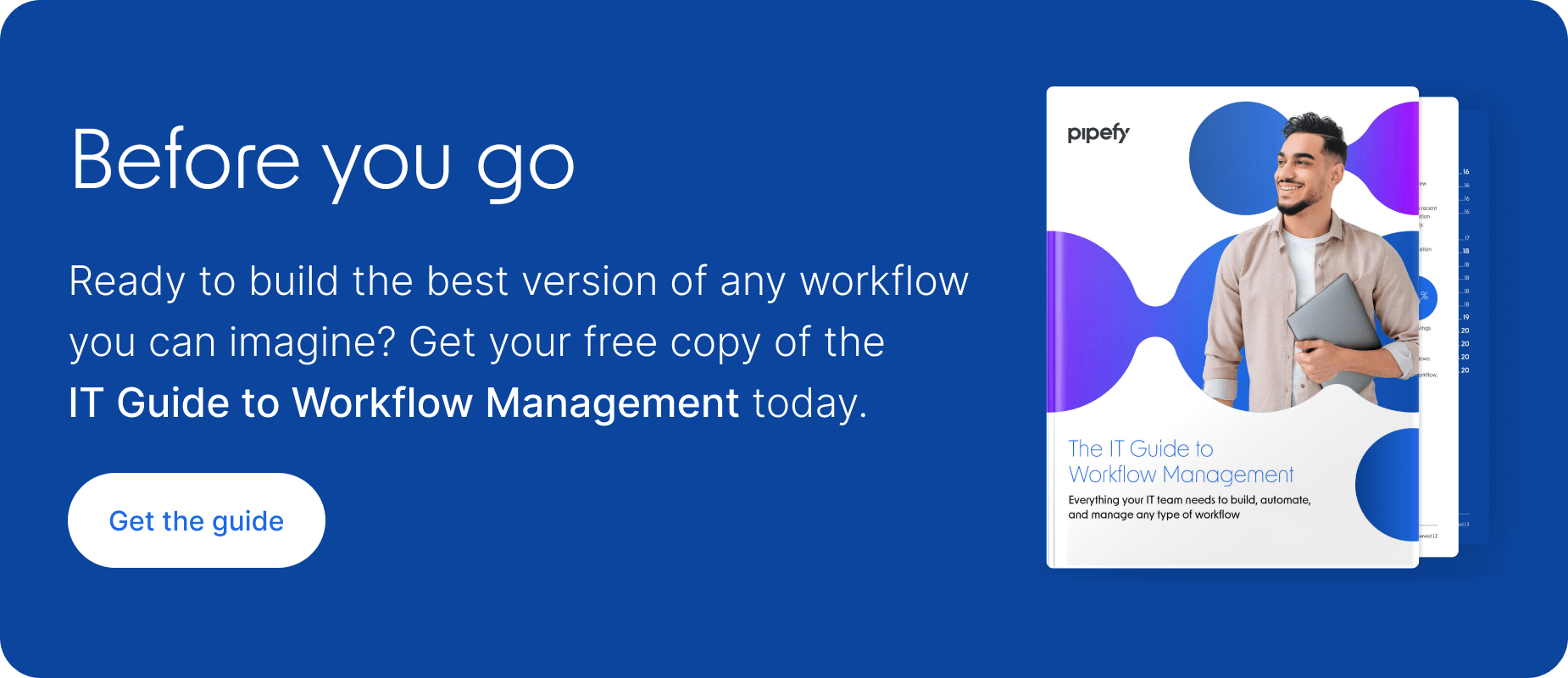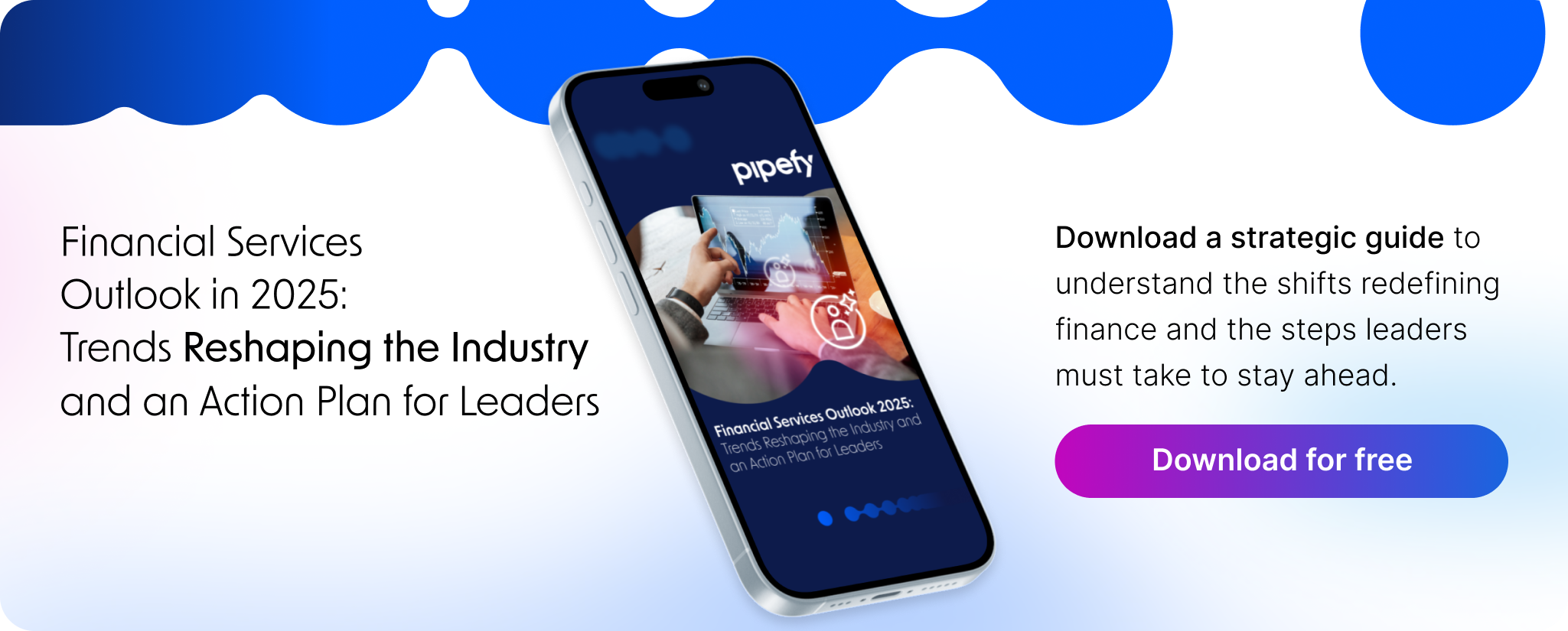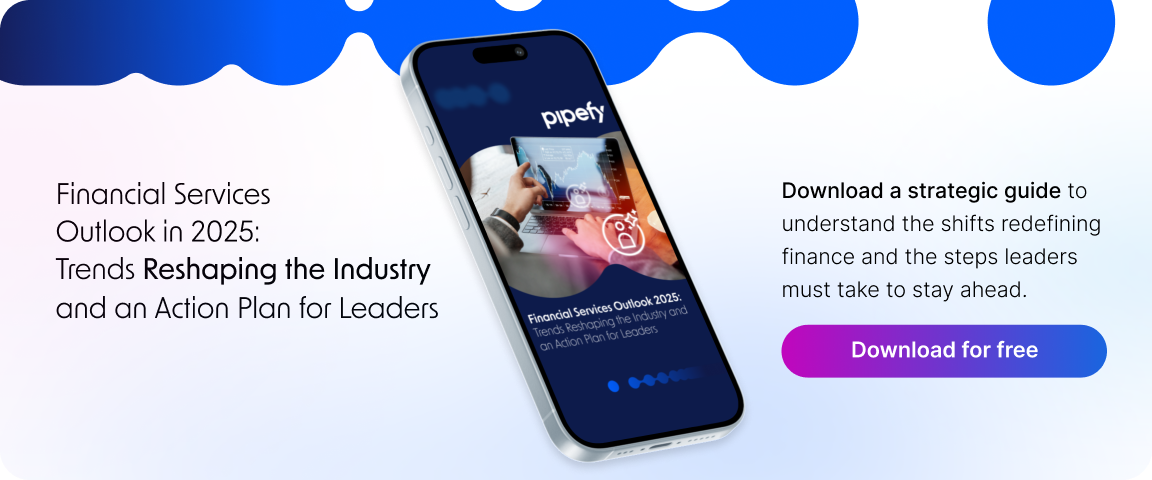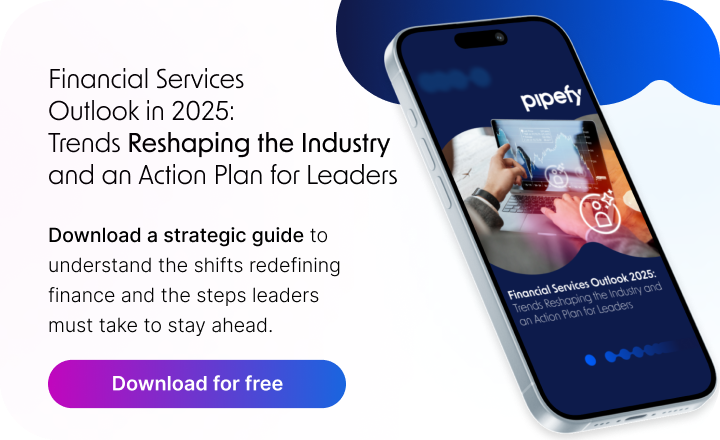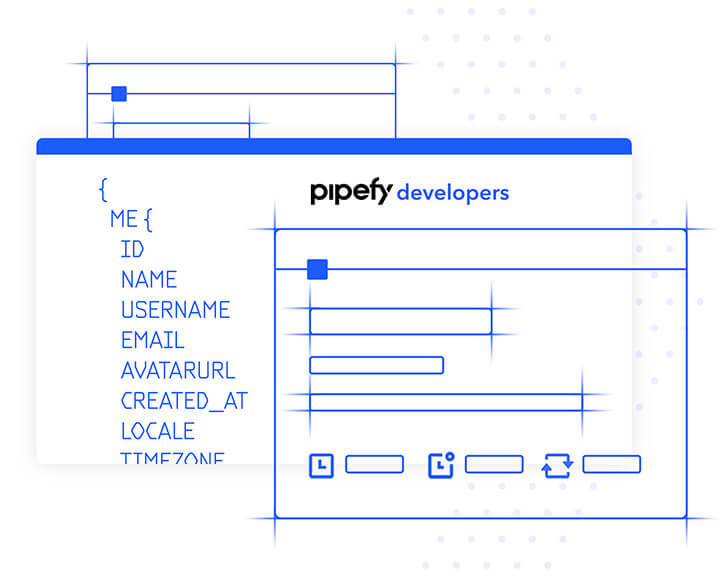
Having an AI agent can be extremely useful for automating a company’s processes, allowing employees to spend much less time on operational tasks that previously took hours or even days. Using a framework for AI agents is the best and most efficient way to build them. Otherwise, the task can become complex, especially if you don’t have the right tools. Here’s what to consider and how to do it.
What are frameworks for AI agents?
Frameworks are sets of tools, APIs, and pre-built libraries that function as a more advanced “construction kit,” as in the case of AI agents. By providing a standardized structure, reusable components, and ready-to-use functionalities, a framework enables more intuitive development of an AI agent, as well as more efficient implementation. This is because they allow developers to focus on the agent’s logic.
The main functions of an AI framework are:
- Providing ready-made algorithms for Machine Learning and Deep Learning;
- Automating processes for data preprocessing, training, and model tuning;
- Facilitating integration with databases, APIs, and other platforms;
- Enabling integration with BPM, BPA, and no-code and low-code platforms;
- Ensuring the scalability of the solution, guaranteeing that the AI works with large volumes of data.
How does an AI framework relate to BPM and BPA?
Companies looking to create AI agents need to align their strategy with business process management and automation. This is where concepts like BPM and BPA come into play:
BPM (Business Process Management) and AI agents
BPM is a management approach focused on modeling, analyzing, and optimizing business processes. It works alongside AI agents by structuring intelligent workflows.
Example: An AI agent can be integrated into a BPM system to analyze and make automated decisions in financial processes, such as credit approval.
BPA (Business Process Automation) and AI
BPA focuses more on automating repetitive and manual processes. When combined with AI, it enables the creation of intelligent workflows, where agents can perform tasks such as:
- Automated document processing;
- Customer service through intelligent chatbots;
- Analysis of large data volumes to predict trends.
Example: An AI agent can be integrated into a BPA workflow to automatically review contracts and identify legal risks before approval.
No-Code and Low-Code in Building AI Agents
Creating AI agents doesn’t always require deep programming knowledge. No-code and low-code platforms allow companies to develop AI agents without needing to write complex code.
Advantages of No-Code and Low-Code in AI
- Reduces the development time of intelligent agents;
- Enables business professionals to create AI solutions without relying on developers;
- Simplifies the integration of AI with BPM and BPA.
Example: An insurance company can use a low-code platform to create an AI agent that automates claims analysis, connecting to a BPM workflow to validate documents and approve reimbursements.
Frameworks for AI Agents: Key Components
An AI agent framework is composed of various modules that work together to build them. The main components are:
- Development Environment
Provides a space to write, test, and debug AI code.
Examples: Jupyter Notebook, Google Colab, PyCharm.
- Machine Learning and Deep Learning Models
Enables the use of pre-built algorithms or the creation of custom models.
Examples: TensorFlow, PyTorch, Scikit-Learn.
- Natural Language Processing (NLP)
Essential for agents that interact through text or voice.
Examples: spaCy, NLTK, Transformers (Hugging Face).
- Computing Infrastructure
Allows the use of GPUs and TPUs to train models faster.
Examples: Google Cloud AI, AWS SageMaker, Azure AI.
- APIs for Integration
Connects AI with databases, CRMs, ERPs, and other systems.
Examples: OpenAI API, IBM Watson, Dialogflow.
How to build an AI agent with a framework?
Now that you know what an AI framework is and its components, here’s a simplified step-by-step guide to building an intelligent agent:
- Define the Objective of the AI Agent
Will it be a chatbot? A virtual assistant? A recommendation system? Determine what it needs to do and what data will be used.
- Choose the Appropriate Framework
If the focus is NLP, frameworks like spaCy or Hugging Face are ideal. For deep learning, TensorFlow and PyTorch são os mais usados.
- Collect and Prepare the Data
The success of the agent depends on the quality of the information. Use techniques for cleaning, organizing, and balancing data.
- Create and Train the AI Model
Choose a suitable algorithm (neural networks, decision trees, regression, etc.). Train it using the chosen framework.
- Test and Adjust
Validate the results and adjust hyperparameters to optimize accuracy. Use techniques like cross-validation and fine-tuning.
- Implement and Integrate
Connect the agent to business systems through APIs. Ensure it can scale and operate efficiently.
Read more:
- How to choose an AI Agent for your company?
- AI Agents: boost productivity and reduce costs in your company
- How AI Agents can optimize sales processes
And your company can enjoy all the advantages of process automation brought by AI agents without needing to invest in all the processes described above. Book a free Pipefy demo and discover how our workflow automation platform, equipped with the best AI agents, can transform your operations.

